Public, media underline scrutiny role

A more well-informed public and stronger media scrutiny will aid in environmental protection
Since late last year the public and mass media have been outspokenly critical of locally-owned pesticide producer Nicotex Thanh Thai Joint Stock Company’s illegal burying of toxic chemicals on its site in Thanh Hoa province’s Cam Thuy district.
According to provincial Department of Natural Resources and Environment, results from analyzing the company’s land and water quality showed that the kinds of toxins and levels exceeded the permissible limit thousands of times over.
Between October last year and this February, some 949 tonnes of toxic waste and pesticide-saturated soil has been excavated at seven burial sites.
In another case in January 2014, Dong Nai provincial police caught US-backed plastic and rubber producer VP Components Vietnam discharging untreated wastewater into the environment.
Nguyen Viet Dung, deputy director of Hanoi-based People and Nature Reconciliation (PanNature), a local NGO, said the violations were uncovered by both authorities and the media.
“The press contributed to revealing the environmental violations through investigations and stories,” Dung said. “Journalists and social organisations have also created an open forum and a dialogue mechanism for citizens, researchers, and stakeholders to share their views and provide feedback. This can improve the quality of authorities’ decisions.”
Late last year, the Ministry of Industry and Trade delisted the planned 135 megawatt, VND4.41 trillion ($212 million) Dong Nai 6 and the 106MW, VND3.44 trillion ($165.6 million) Dong Nai 6A hydropower projects for fear of the environmental risks they caused.
Prior to their delisting, such risks were extensively reported on by the press, which cited numerous comments by scientists and researchers saying that if these projects had been implemented, they would have removed 327.23 hectares of forest, including a major swath of the core of Cat Tien National Park. This park was made a world Biosphere Reserve by UNESCO in 2001.
Watchdog
In 2011 and 2012, the Ministry of Natural Resources and Environment (MoNRE)’s Vietnam Environment Administration co-operated with the International Union for Conservation of Nature and the United Nations Democratic Fund to conduct two surveys on environmental coverage by Dau Tu/Vietnam Investment Review, Thanh Nien and Lao Dong newspapers.
These surveys showed the press, and these three newspapers in particular, “actively and comprehensively covered all environmental management activities and environmental violations. They also encouraged the public to participate in environmental protection activities, contributing to building a good economy, social security and a cleaner environment.”
Many other press agencies have contributed to improving the public’s and enterprises’ awareness of environmental protection. They have also served as an effective channel for transmitting information to policy makers.
Early this year, BBC Media Action, the international development organisation of the British Broadcasting Corporation, collaborated with the Vietnam Environment Administration to announce a survey of 3,486 Vietnamese households nationwide on how Vietnamese people are responding to climate change and helping protect the environment.
According to the administration, the survey was well received by authorities for its potential to create change in the country’s policies on environmental protection and climate change response.
The survey detailed how development has brought new concerns about pollution, overpopulation, waste management and industrial development. People saw a direct link between environmental degradation and their health. 83 per cent of people felt their health had been negatively affected by climate and environmental changes. This figure was even higher in urban areas, at 88 per cent. People also expressed concerns about how these changes caused contaminated food and water, made it harder to breathe and brought new human and animal diseases, including bird flu.
The law
The role of the mass media in environmental protection has been detailed clearly in the draft amendments to the Law on Environmental Protection (LEP), currently under discussion by experts and the National Assembly and expected to be adopted in June.
The draft stipulates that the MoNRE must host and work with media groups at all levels to promote environmental protection coverage. Ministries and ministerial-level agencies are responsible for holding press conferences and other media events to supply such coverage.
MoNRE would also be accountable for co-operating with other government bodies to develop mechanisms and policies that encourage sustainable consumption and production activities and promote environmentally-friendly products and services in the media.
Also according to the draft law, the Vietnam National Fatherland Front and its member organisations are accountable for co-operating with the mass media in mobilising the public to boost and supervise environmental protection activities.
The draft also includes a regulation on investing in environmental training and education via the mass media.
Many experts and media agencies expect the new LEP and its guiding documents to further clarify the role of the press in environmental protection, and that more incentives will be offered to attract the participation of the mass media
Expanding public access
Hanoi-based NGO Research Centre for Gender, Family and Environment in Development recently conducted a survey on pesticide use by farmers in Hai Van commune in Nam Dinh province’s Hai Hau district.
Under the survey, only 12.3 per cent of respondents said they had received pesticide use training. Resultantly, they use them based on their personal experiences, not on the product specifications.
Up to 80 per cent said they had spilled pesticides on their body during use. Some 85.5 per cent said they suffered from vertigo, fatigue (78.7 per cent) and headache (66.4 per cent).
“The farmers are not getting sufficient access to information about pesticides or how to use them properly because sellers are also farmers or people with no knowledge on pesticides,” said the centre’s executive director Pham Kim Ngoc. “Consequently, the commune’s environment has been polluted, with dead fish and shrimps found in fields.”
She ascribed this to lacking mechanisms in the existing LEP for people to access detailed information and to exercise their rights to dialogues about protecting the environment and themselves from pollution.
“Many people don’t make the connection between their use of pesticides and bad health and lax legal regulations. In think the LEP should include clear regulations on how to help farmers protect themselves,” Ngoc argued.
However, Ngoc’s proposals on furthering information access may be realised, as the draft LEP would expand people’s right to access environmental information.
Under the draft, the public, social organisations and socio-occupational organisations have the right to be provided with and require the compiling of information related to environmental protection. They also have the right to join dialogues on the environment with state management agencies and business owners.
They would also be allowed to participate in inspections of environmental protection at service and business establishments. Additionally they would also be able to make recommendations and debate with authorities on violations that require compensation for damages.
The public would also be able to access enterprises’ environmental protection results and exercise other measures to protect their legal rights and interests.
The current LEP 2005 fails to clarify types of environmental information that is available to the public and does not specify organisations’ rights to access, and who can and how to publish such information.
As a result, there is an increasing number of environmental lawsuits as pollution becomes more prevalent due to people’s lack of access.
Lawyer Tran Thi Huong Trang, who engages in a UNDP project to analyse the new LEP, explained that under the current LEP’s Article 17.5, “Organisations and individuals may send petitions and recommendations concerning environmental protection to the agency establishing the appraisal council and the project-approving agency; the council and agency shall have to consider the petitions and recommendations before making conclusions or decisions.”
“However, the law does not have a mechanism to facilitate the public’s feedback and comments. If there is no independent institution or agency in charge of ensuring the public’s objective opinions are heard, there is no guarantee they will be acted upon,” Trang said. “Under the current mechanism, the council and agency cannot consider the public’s recommendations objectively, as they were the ones who approved the projects.”
What the stars mean:
★ Poor ★ ★ Promising ★★★ Good ★★★★ Very good ★★★★★ Exceptional
Latest News
More News
- Going green to save a bundle (June 08, 2015 | 10:00)
- Green buildings: the rising trend (June 02, 2015 | 09:41)
- Green buildings – key to sustainable urban development in Vietnam (May 18, 2015 | 17:00)
- Feed-in tariffs continue to haunt green energy prospects (December 15, 2014 | 10:47)
- Building material types intrinsic to green ratings (December 09, 2014 | 11:56)
- Turning an eco- smart dream into reality (December 09, 2014 | 11:55)
- Green products enjoy a growing presence at Vietbuild Hanoi 2014 (December 01, 2014 | 10:06)
- Country profits from green building (November 24, 2014 | 11:02)
- Firms flout enviroment laws (November 17, 2014 | 10:48)
- Energy efficient sticks and carrots (November 10, 2014 | 15:30)


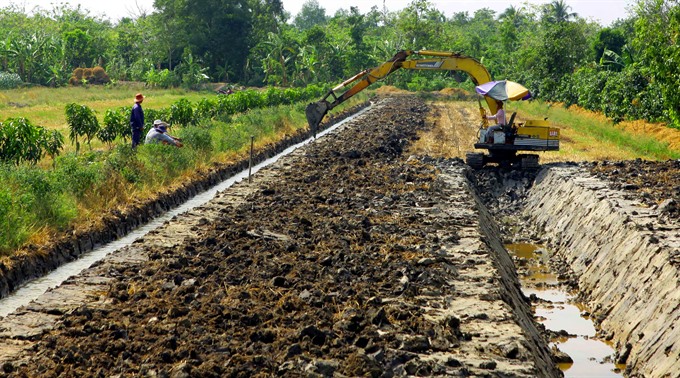
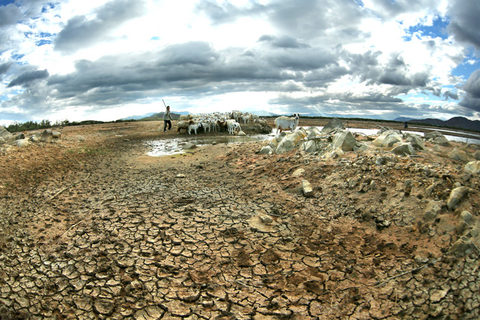
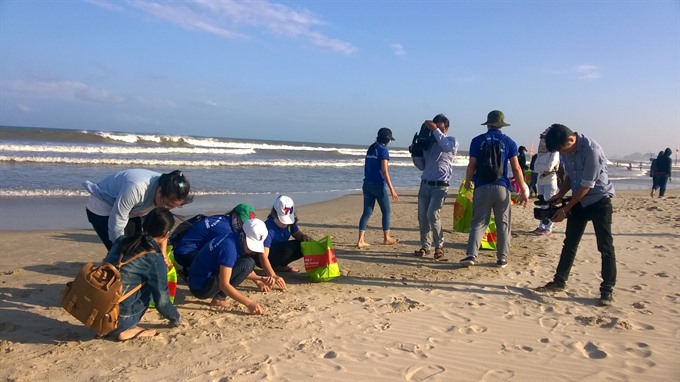
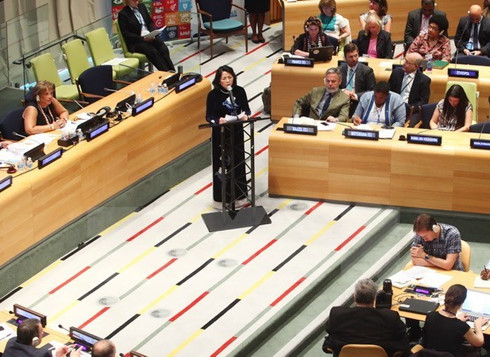

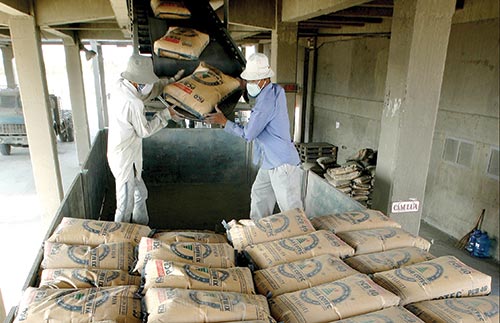



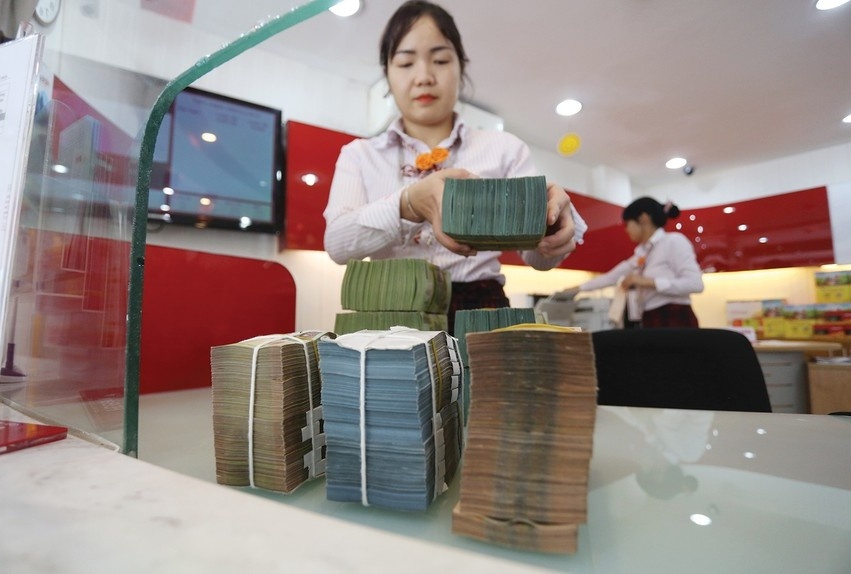
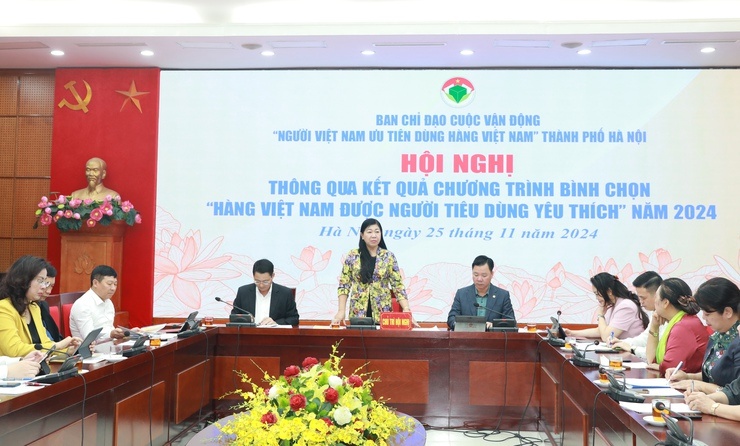

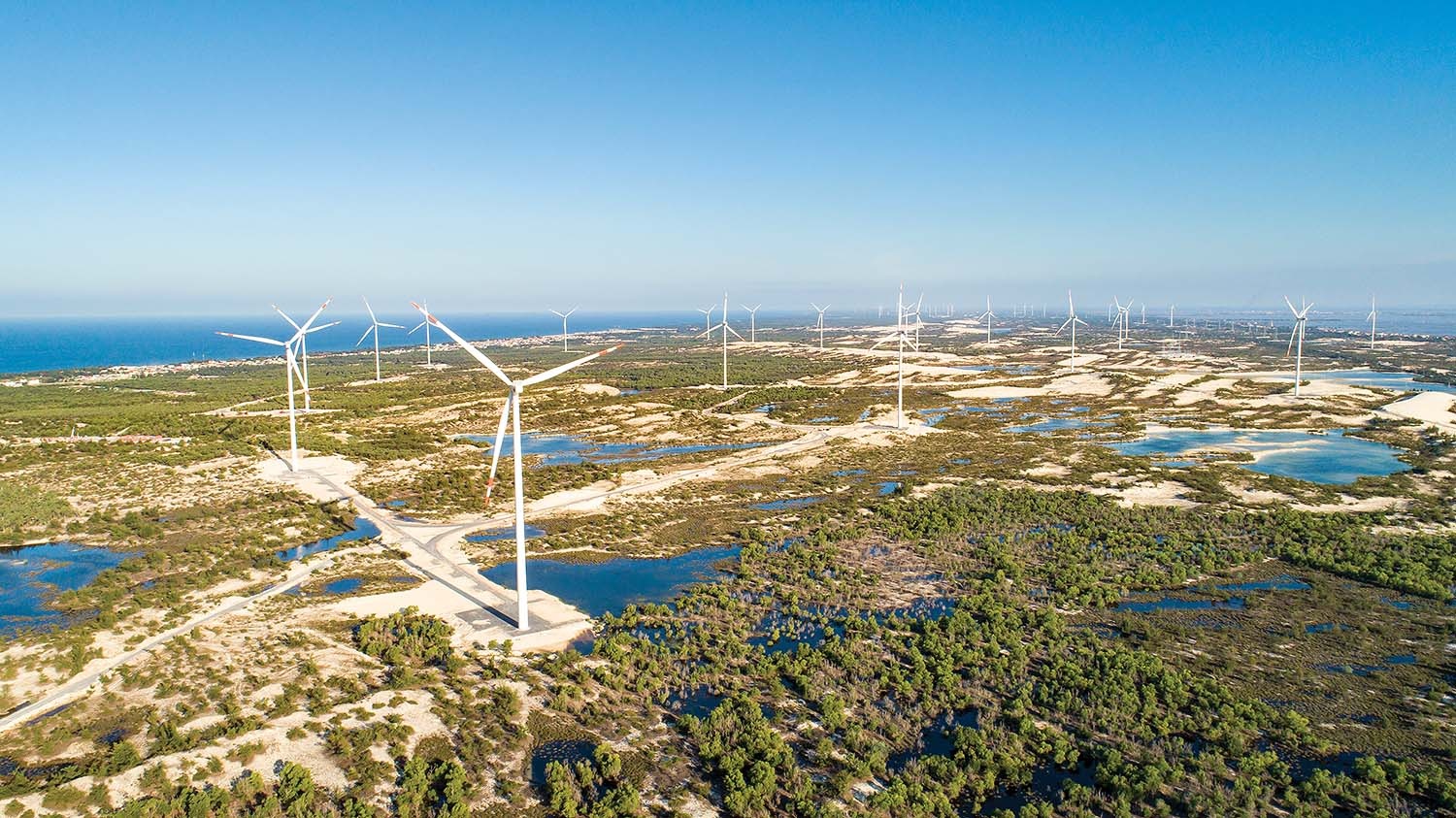



 Mobile Version
Mobile Version